What Is IWMS Software?
Organizations with hundreds or thousands of assets need a way to manage them all in one place. What’s more, they typically want to schedule maintenance, track capital projects and reduce energy use without having to install multiple software systems.
That’s where an integrated workplace management system (IWMS) comes in. But what is IWMS software, anyway?
IWMS helps organizations maximize the usefulness of all resources and assets within an integrated software platform where information can be shared.
Drawing on advice from two market experts, this article will show you how using IWMS software can help increase productivity and reduce costs.
What Is IWMS Software?
AIWMS is software that helps facilities management and corporate real estate management professionals optimize their use of both space and resources to save money and be more efficient. It combines various software applications in order to provide professionals in these fields with high-level management information.
In 2004, Gartner coined the term “integrated workplace management software” to describe an enterprise suite that includes five components:
1. Real Estate and Lease Management: Used to manage the real estate assets of a corporation, from acquisition to disposal. This includes lease accounting, planning, request for proposal (RFP) management and tax management.
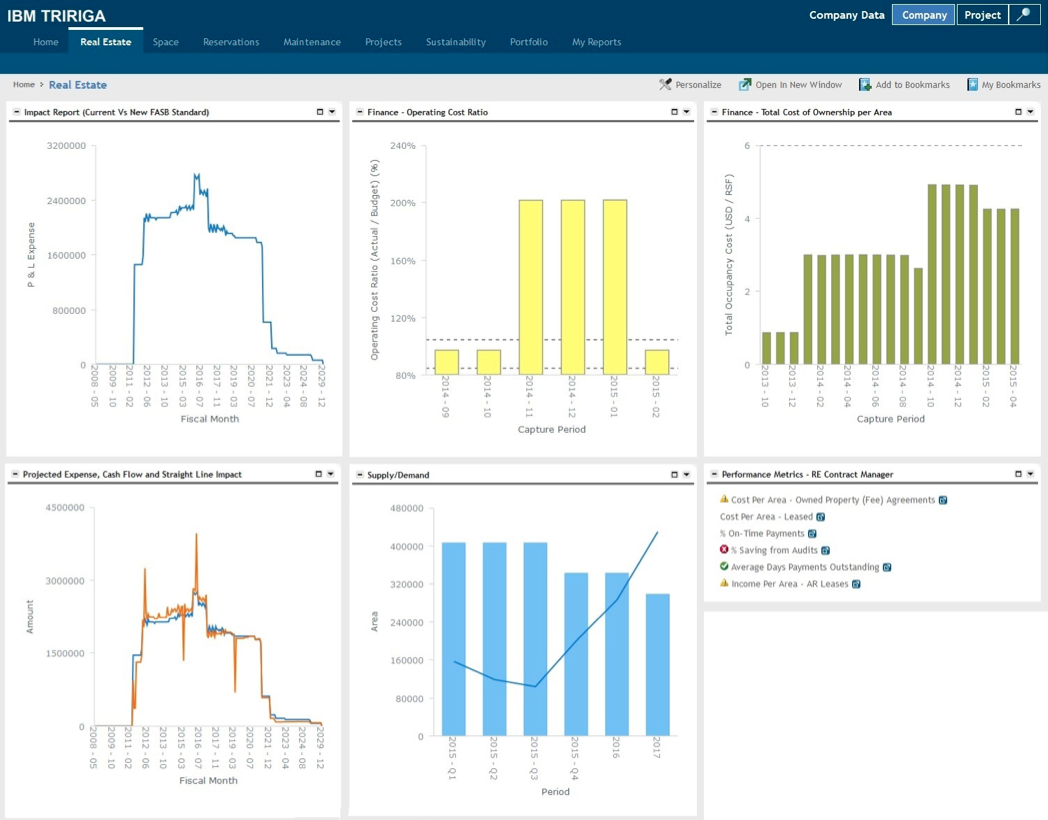
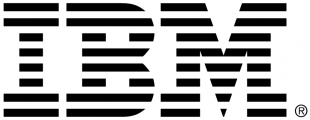
An IBM TRIRIGA dashboard showing financial information for real estate properties
2. Facilities and Space Management: Just like facilities software, this application helps optimize the use of facility space. Users can manage physical spaces within buildings, manage employees and book and schedule rooms. It can also integrate with CAD files and building information modeling software.
3. Maintenance Management: Similar to a stand-alone maintenance management system (CMMS), this application is used to schedule preventive maintenance tasks, create work orders, establish predictive maintenance processes, manage spare parts inventory and manage equipment and machinery with asset profiles.
4. Environmental Sustainability: Allows users to measure energy usage, track energy-related costs and identify areas of energy waste. This application can often integrate with building management or building automation systems allow users to centrally control various systems throughout a facility, such as air conditioning, lighting or ventilation. to establish benchmarks and analyze energy use.
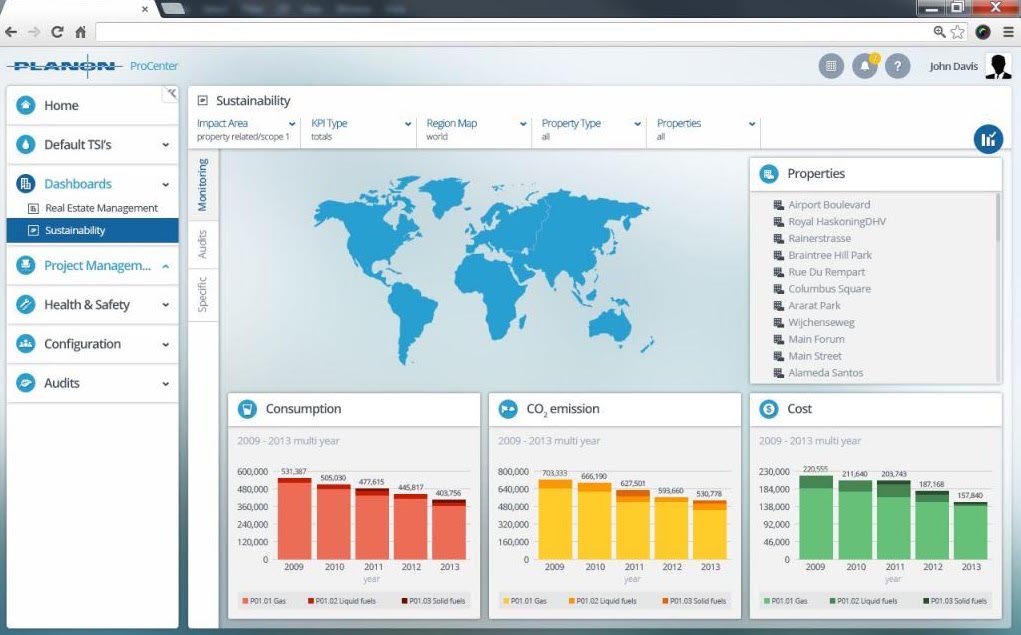

A view of energy consumption and costs across an entire portfolio in Planon Universe
5. Capital Project Management: This application helps with the planning and execution of new building projects or remodels (e.g., new construction or an expansion in an existing office building). It includes functionality for planning, bidding, document management and financial accounting.
These tools are integrated and housed within the same platform, all drawing from the same data. Thus, the greatest benefit of an IWMS is the coordination of all the above activities, says David Karpook, a strategic business consultant with Planon (provider of the Planon Universe IWMS).
That’s where the real value proposition is. Multiple groups in the organization can take advantage of the capabilities, and put in their information that others then have visibility into.
David Karpook
Who Uses IWMS Software?
An IWMS is a comprehensive suite designed for larger companies with a wealth of assets to manage. This might include organizations with chain restaurants, several retail stores or a large office or educational campus.
As such, there are various types of potential buyers for these systems, says Daniel Barrett, the facilities management portfolio marketing leader at IBM, which offers the TRIRIGA system.
Typical buyers may include:
Corporate real estate managers or directors
Facilities managers
Maintenance managers
Environmental energy or sustainability directors
Regardless of the buyer, several departments will use and/or benefit from an IWMS. The primary users are typically real estate managers, maintenance or facilities managers and their teams of technicians.
However, executives also stand to benefit: An IWMS can produce reports that help them make smarter decisions, such as financial reports for capital projects or maintenance operations, space utilization reports or energy efficiency metrics.
Some companies may find certain IWMS applications unnecessary for their needs: For example, perhaps you only need to handle maintenance for one facility.
In this case, a stand-alone facilities or maintenance system might be a better fit. Visit our other content to learn more about the best facilities management software and how a small business can benefit from a CMMS.
IWMS Increases Awareness, Productivity and Savings
For larger organizations, an IWMS brings much greater benefits than using various stand-alone applications. The real power of the suite is in the way its applications share information, allowing users to make better decisions. Here are some specific rewards this integration brings:
Better awareness and increased productivity. Each building in an organization houses physical systems, such as power, lighting, plumbing and air conditioning. These buildings also include human systems: for example, how occupants circulate through spaces and the assets and equipment people need to perform their jobs.
All these systems interact with each other—so the software that manages each of them must be integrated, too. To make truly comprehensive decisions, companies need data on how each system is working in relation to others.
Karpook from Planon gives an example: Say your maintenance department has a CMMS that handles work orders and tells you when you need to do preventive maintenance on an air handler. What it won’t tell you is that you’ve scheduled work on an HVAC unit above the boardroom during an important meeting—but an IWMS will.
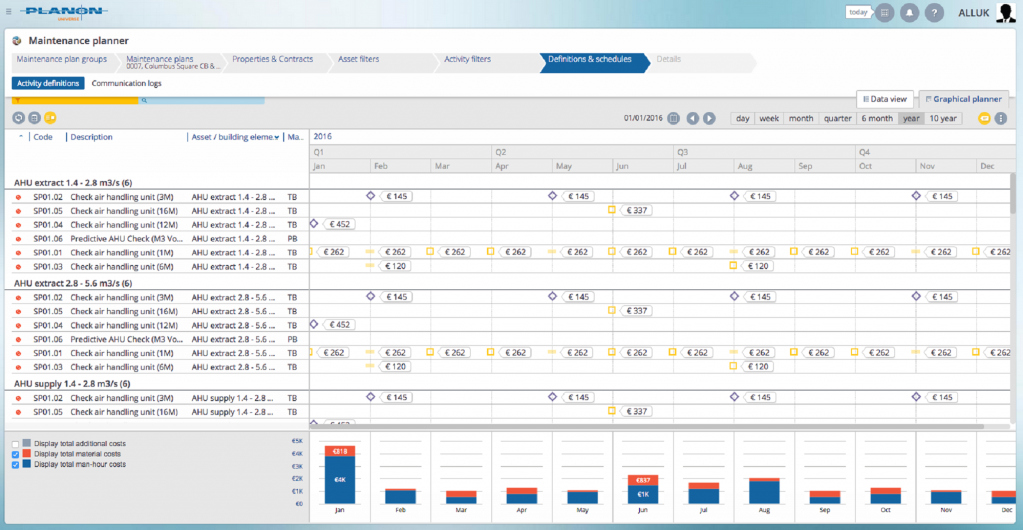

The planner in Planon Universe shows maintenance work for each day and area
“An integrated system will give you insight into how you schedule maintenance or other actions so that you’re working around the people,” he says, “just how people schedule work around the maintenance that has to be done.”
This increases productivity across the company: By scheduling work around other events, all employees can perform their tasks without disruption from other departments.
Reduced labor costs. An IWMS can use integrated sensors to send data from assets back to the system. This allows adjustments to be automatically made when the sensors produce readings outside a predetermined range. Mobile capabilities also tie into this process.
Barrett from IBM offers an example: Let’s say you enter an office conference room and the area is too warm. Using your smartphone, you can access a Web portal and report the warm room. This information would be sent to the IWMS, which could then lower the temperature on its own.
“[The system] might access predictive capabilities, assess that the outside temperature is 85 and notice that we’re getting reports of warm office spaces,” he says. “Maybe it will automatically adjust ambient temperature, or maybe we need to look at some of the systems—perhaps a damper is open, for example.”
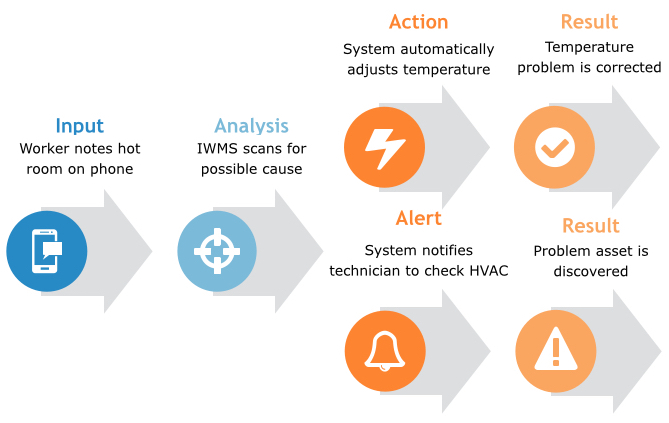
Simplified view of how an IWMS can turn integrated data into useful actions and alerts
With the right information, the system can perform useful actions without the need for human interaction. This frees technicians for other work and saves labor costs. Alternatively, it could assign a technician to check an asset, which can prevent a critical, costly failure if something is wrong.
Optimized use of space and resources. If your company has several offices full of employees, you’ll want to make sure every square foot of space is purposefully utilized.
An IWMS offers space management capabilities, which can track:
The number of employees
Square footage
Types of rooms
Occupancy
Vacancies
Any assets or equipment within each area
By determining the details of how space is used in a building, companies can better utilize unused areas.
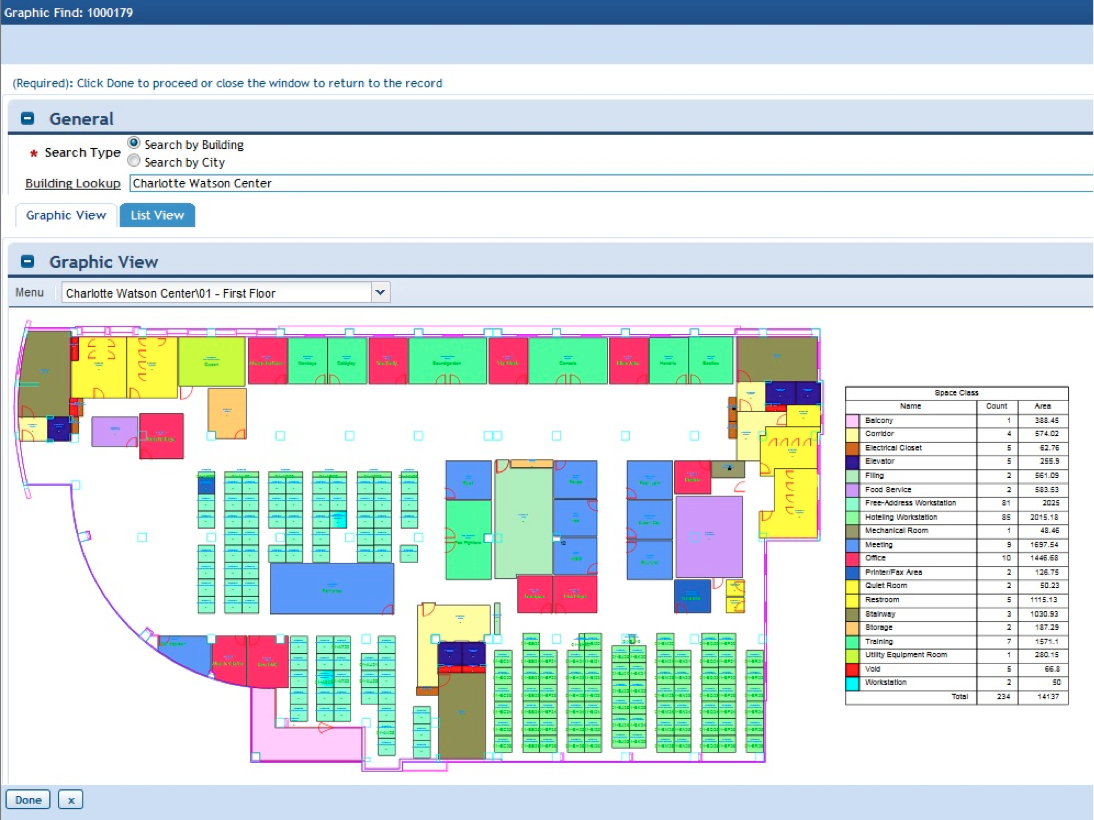

A CAD drawing in IBM TRIRIGA color-codes each type of space in a facility
Space management tools can even import CAD files to give managers a clear overview of their space. Users can also see which areas or rooms have been reserved.
Phased Implementation Minimizes Disruption
Our experts agree that a phased implementation is the most efficient approach when installing an IWMS. Since there are several entry points to these systems, Karpook and Barrett say clients should start with whichever application will deliver the most immediate value.
For example: If you start with real estate management, you can define all your facilities, employees and assets in the system, then start to understand costs and occupancy information quickly, Karpook says. From there, a company can plan the next implementation phases depending on their needs.
“Pick where you can get the biggest bang for your buck, get a quick win in that area and then start looking into other areas you can take the suite,” Barrett says.
Buyers interested in IWMS applications should determine which applications can address their needs and which they should install first. Companies that choose to implement the entire integrated system, however, have the operational awareness to make smarter business decisions.
For more information about IWMS vendors, visit our facilities management page.